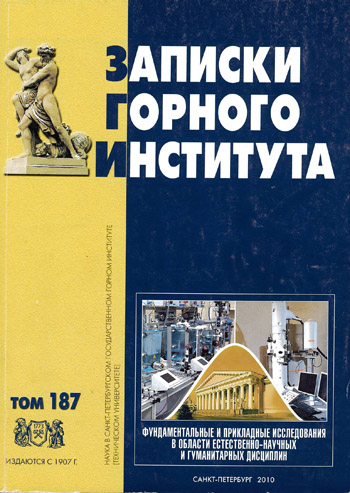Photoelectric method of hydrogen detection
About authors
- 1 — Ph.D. associate professor Sain Petersburg State Mining Institute (Technical University)
- 2 — the doctoral candidate Ioffe Physical-Technical Institute of the Russian Academy of Sciences
- 3 — postgraduate student Ioffe Physical-Technical Institute of the Russian Academy of Sciences
- 4 — senior research assistant Ioffe Physical-Technical Institute of the Russian Academy of Sciences
Abstract
The new photoelectric method of the detection of hydrogen is proposed, based on strong dependence of the photo induced current on concentration of hydrogen in III-V heterostructures with Pd contact. The given influence at a room temperature is stronger on few orders than influence of hydrogen on electric characteristics of solid-state elements in existing sensors. The original design of portable sensor module was developed on the base of photosensitive element and infrared light-emitting diode that meet demands of hydrogen power engineering.
Область исследования:
(Archived) Applied and fundamental research in physics and mathematics
References
- Kovalevsky G.G., Meredov M.M, Russu E.V., Salihov H.M., Slobodchikov S.V., Fetisova V.M. Electrical and photo-electrical properties of diode structures Pd-p-p+-InP and their change in hydrogen atmosphere // Physics and technics of semiconductors. 1992. Vol.26. № 10. P.1750-1754.
- The centenary memorandum, on November, 13th 2006 // International Scientific Journal for Alternative Energy and Ecology. 2007. Vol.3. P.11.
- Arutyunian V.M. Hydrogen sensors // International Scientific Journal for Alternative Energy and Ecology. 2007. Vol.3. P.33-42.
- Fields L.L., Zheng J.P., Cheng Y. and Xiong P. Roomtemperature low-power hydrogen sensor based on a single tin dioxide nanobelt // Applied Physics Letters. 2006. Vol.88. P.263102.
- Ito K. Hydrogen – sensitive Schottky barrier diodes // Surf. Sci. 1979. Vol.86. P.345.
- Jamamoto N., Tonomura S., Matsuoka T., Tsubomura H. A study on a palladium – titanium oxide Shottky diode as a detector for gaseous components // Surf. Sci. 1980. Vol.92. P.400.
- LundströmI., Shivaraman M.S., Svensson C.M. A hydrogen – sensitive Pd-gate MOS transistor // J. Appl. Phys. 1975. Vol.46. N9. P.3876.
- Steele M.C., Hile L.W., Maclver B.A. Hydrogen – sensitive palladium gate MOS capacitors // J. Appl. Phys. 1976. Vol.47. N. 6. P.2537.
- Yousuf M., Kuliyev B., Lalevic B. Pd-InP Schottky diode hydrogen sensors // Sol.-St Electron. 1982. Vol.25. N 8. P.753.
Similar articles
Innovative approach to professional development programs creation
2010 O. G. Zgurskaya, D. A. Shchukina
Procedure for determination of parameters of a condesing structures with a movable capacitor plates
2010 N. S. Pshchelko
Information technology usage during linguistic competitions in technical higher school conducting
2010 E. V. Terentyeva
